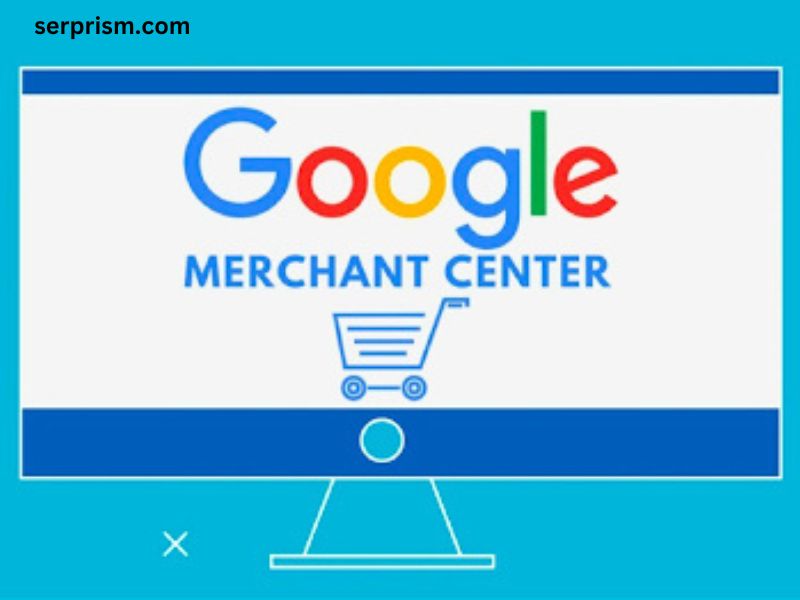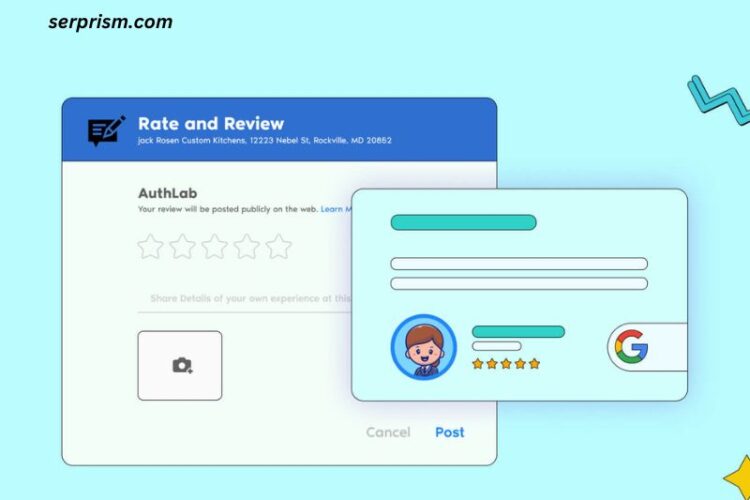
In the world of e-commerce, effective product visibility is crucial for driving sales and ensuring business growth. Google Merchant Center (GMC) has long been a staple for retailers looking to showcase their products across Google’s vast advertising ecosystem. However, with the advent of Merchant Center Next, many businesses are left wondering about the differences between the two platforms. This article will explore the key features, benefits, and limitations of Google Merchant Center and Merchant Center Next to help you make informed decisions for your e-commerce strategy.
What is Google Merchant Center?
Google Merchant Center is a tool that allows businesses to upload their product listings for use in Google Ads and Shopping campaigns. It acts as a central hub for product data, enabling merchants to manage their inventory and ensure that their products appear across various Google services. With GMC, users can display their product images, descriptions, prices, and availability, making it easier for consumers to find and purchase products.
Key Features of Google Merchant Center
- Product Feed Management: Merchants can upload product feeds directly or use third-party solutions to ensure their inventory is always up-to-date.
- Integration with Google Ads: GMC seamlessly integrates with Google Ads, allowing users to create Shopping campaigns easily.
- Performance Tracking: Users can track the performance of their products through various metrics, including clicks, impressions, and conversions.
- Promotions and Discounts: GMC allows businesses to create promotional campaigns and special offers that can be highlighted in Google Shopping results.
- Multi-Channel Support: Products can be shown not only in Google Shopping but also in Google Search and other Google properties.
What is Merchant Center Next?
Merchant Center Next represents the evolution of Google Merchant Center, aiming to enhance user experience, streamline product management, and leverage new technologies such as machine learning and automation. This next-generation platform is designed to address some of the limitations of GMC while providing additional features to help businesses grow.
Key Features of Merchant Center Next
- Simplified User Interface: Merchant Center Next offers a more intuitive interface that simplifies product management and campaign creation.
- Enhanced Automation: Features like Smart Shopping and automated bidding are integrated, allowing for more efficient ad management.
- Product Insights: Users receive actionable insights and recommendations based on performance data, helping to optimize listings and campaigns.
- Advanced Data Management: Improved product data management tools make it easier to maintain accurate listings, including real-time inventory updates.
- Seamless Integration with Google Services: Merchant Center Next connects with a wider array of Google services, offering more avenues for product visibility.
Key Differences Between Google Merchant Center and Merchant Center Next
While both platforms serve similar purposes, several key differences set them apart. Here’s a closer look at these distinctions:
1. User Experience
Google Merchant Center: The traditional GMC interface can feel cumbersome for new users. Its layout and navigation may require a learning curve, particularly for those unfamiliar with digital marketing tools.
Merchant Center Next: Designed with user-friendliness in mind, Merchant Center Next features a streamlined interface that reduces complexity. It simplifies navigation, making it easier for users to find and manage their products and campaigns efficiently.
2. Automation and Smart Features
Google Merchant Center: While GMC offers some automation features, they are somewhat limited. Users often need to manually adjust bids and campaign settings.
Merchant Center Next: Merchant Center Next is built with automation at its core. Features like Smart Shopping campaigns use machine learning to optimize bids and placements automatically. This reduces the manual effort required and allows merchants to focus on strategic planning rather than day-to-day adjustments.
3. Data Management and Insights
Google Merchant Center: GMC provides basic reporting capabilities but lacks advanced analytical tools to derive insights from data effectively.
Merchant Center Next: In contrast, Merchant Center Next offers enhanced data management features, including better reporting and actionable insights. Users can access performance analytics and receive recommendations to optimize their product listings based on market trends and consumer behavior.
4. Integration with Other Google Services
Google Merchant Center: While GMC integrates with Google Ads, its integration capabilities are somewhat limited compared to the new platform.
Merchant Center Next: This new version supports more comprehensive integration with various Google services, including YouTube and Google Discover. This expanded reach enables businesses to promote their products across multiple platforms, maximizing visibility and potential sales.
5. Support for Advanced Formats
Google Merchant Center: GMC primarily focuses on traditional product listings and does not cater extensively to advanced advertising formats.
Merchant Center Next: With its upgraded features, Merchant Center Next supports new ad formats and product discovery mechanisms. This includes visual and interactive ads, catering to evolving consumer preferences for engaging content.
Benefits of Transitioning to Merchant Center Next
For businesses considering a shift from Google Merchant Center to Merchant Center Next, several benefits stand out:
1. Improved Efficiency
The automation features in Merchant Center Next significantly reduce the time and effort required for campaign management. Automated bidding, ad placements, and insights help businesses allocate resources more efficiently.
2. Enhanced Product Visibility
With advanced integration and support for various ad formats, businesses can increase their product visibility across multiple Google platforms, reaching a broader audience.
3. Data-Driven Decision Making
The insights and recommendations provided by Merchant Center Next enable businesses to make informed decisions. By leveraging data analytics, merchants can optimize their listings and campaigns to align with market trends.
4. User-Friendly Interface
The simplified design of Merchant Center Next makes it accessible for all users, from beginners to seasoned marketers. This ease of use can result in quicker onboarding and implementation.
5. Future-Proofing
As e-commerce continues to evolve, adopting Merchant Center Next positions businesses to take advantage of the latest technological advancements and advertising trends, ensuring they remain competitive in a dynamic marketplace.
Limitations of Merchant Center Next
While Merchant Center Next offers numerous advantages, it is essential to consider potential limitations:
1. Learning Curve
For businesses already accustomed to the traditional GMC, transitioning to a new interface may require some adjustment. Training and adaptation time should be factored into the transition.
2. Dependency on Automation
Relying heavily on automation may lead to less direct control over campaigns. Some businesses prefer to maintain manual oversight, which may be compromised with the automated features of Merchant Center Next.
3. Integration Challenges
While Merchant Center Next offers broader integration options, the transition may pose challenges for businesses with existing systems. Ensuring seamless integration may require additional resources and time.
Conclusion
Both Google Merchant Center and Merchant Center Next offer valuable tools for e-commerce businesses, but they cater to different needs and preferences. Google Merchant Center remains a robust platform for managing product listings, while Merchant Center Next is poised to lead the way with enhanced automation, improved user experience, and expanded integration capabilities.
Ultimately, the choice between the two depends on your business goals, marketing strategy, and willingness to embrace new technologies. For businesses looking to streamline their processes, enhance product visibility, and leverage advanced data insights, transitioning to Merchant Center Next may be the most strategic choice. As e-commerce continues to evolve, staying ahead of the curve with the right tools can make all the difference in achieving sustained growth and success.




